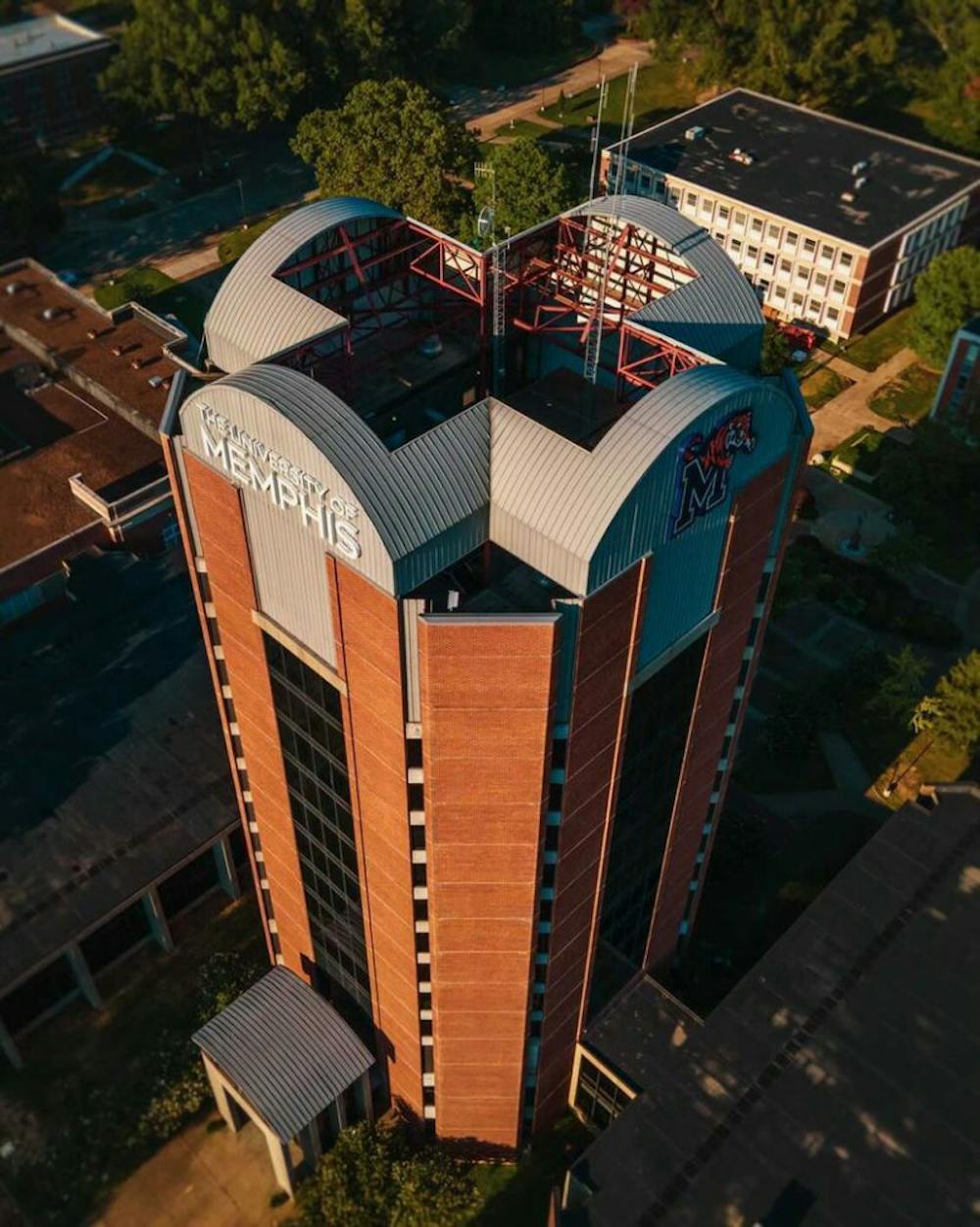After more than a year of virtual learning, the University of Memphis plans a tentative return to face-to-face classes this fall, granted that the local coronavirus data is not significantly worse than it is now.
The return to pre-pandemic campus life comes at a high cost and new measures. For the past three semesters, graduating seniors were forced to celebrate their commencements virtually. Student organizations had to suspend most of their campus activities, and students found themselves dealing with the unique problems that are presented to virtual students: concerns regarding reliable broadband access, Zoom fatigue and isolation, to name a few.
Now, like many other universities across the nation, the UofM plans to return to some semblance of normal college life, an effort that is supported by recent steps taken by the university to facilitate a safe return.
For Justin Lawhead, UofM Dean of Students and Chief Health and Safety Officer, the key to getting students back in a face-to-face setting is following the science and health guidelines.
“The pandemic is unpredictable,” Lawhead said. “We have some areas of the country where [case counts] are decreasing and some are increasing. We just need to continue to monitor. We need to continue listening to the scientific data.”
While Lawhead acknowledges that the data shifts, he feels confident about the likelihood of a full return this fall due to measures that have been implemented and services that are being offered to students. Last week, the UofM, in partnership with Baptist Medical Group and the City of Memphis, administered over 200 doses of Pfizer COVID-19 vaccines to students, faculty and staff during a single drive at the Rose Theater. A second drive to administer the second Pfizer dose is scheduled for May 13, and Lawhead said a third drive in the summer is likely.
“We are trying to make it as easy as possible for students to get [the vaccine],” Lawhead said. “We think that if they get it, it will allow us to return to campus as normal as possible.”
Other efforts to prepare for a fall return include shuttling students, now through exams, to vaccine appointments at the Pipkin building — which is currently being assisted by the Federal Emergency Management Administration (FEMA) with an extra 21,000 doses a week — and creating educational content over the summer.
Earlier this semester, the university had some students complete a survey from the Centers for Disease Control and Prevention (CDC). The UofM will now use the data collected from this survey to create informational content, which it will distribute this summer in an ongoing effort to help create a safe return to campus.
“As an institution, we are a source for information,” Lawhead said. “[The Office of the Provost] set up a team of public health and communications experts who will get content rolling out this summer, based on the student surveys.” The content, in part, will be designed to help combat vaccine hesitancy and misinformation.
Still, even if everything goes as planned, Lawhead expects some holdovers from the height of the pandemic to remain, at least for now.
“I think the full return will have some elements of spacing and some considerations of masks, things like that,” he said. “But we will monitor the city data, the state data, and then we will create a community that is safe and following guidelines.”
If you are still hesitant about returning in the fall, Lawhead said you should ask questions, and he notes his office is open.
“If you still have hesitancy, there are other ways to pursue your course work,” he said. “Speak with your academic advisor about virtual options. Maintain an awareness of the guidance of the CDC and ask us questions.”
In its most recent COVID-19 reporting data for April 23, the UofM reported zero new cases on campus and a single quarantine room occupied through Housing and Residence Life.
In the fall, the University of Memphis plans to return to campus. Although the pandemic seems to be on its way out, staff are still monitoring data closely to ensure a safe return.






